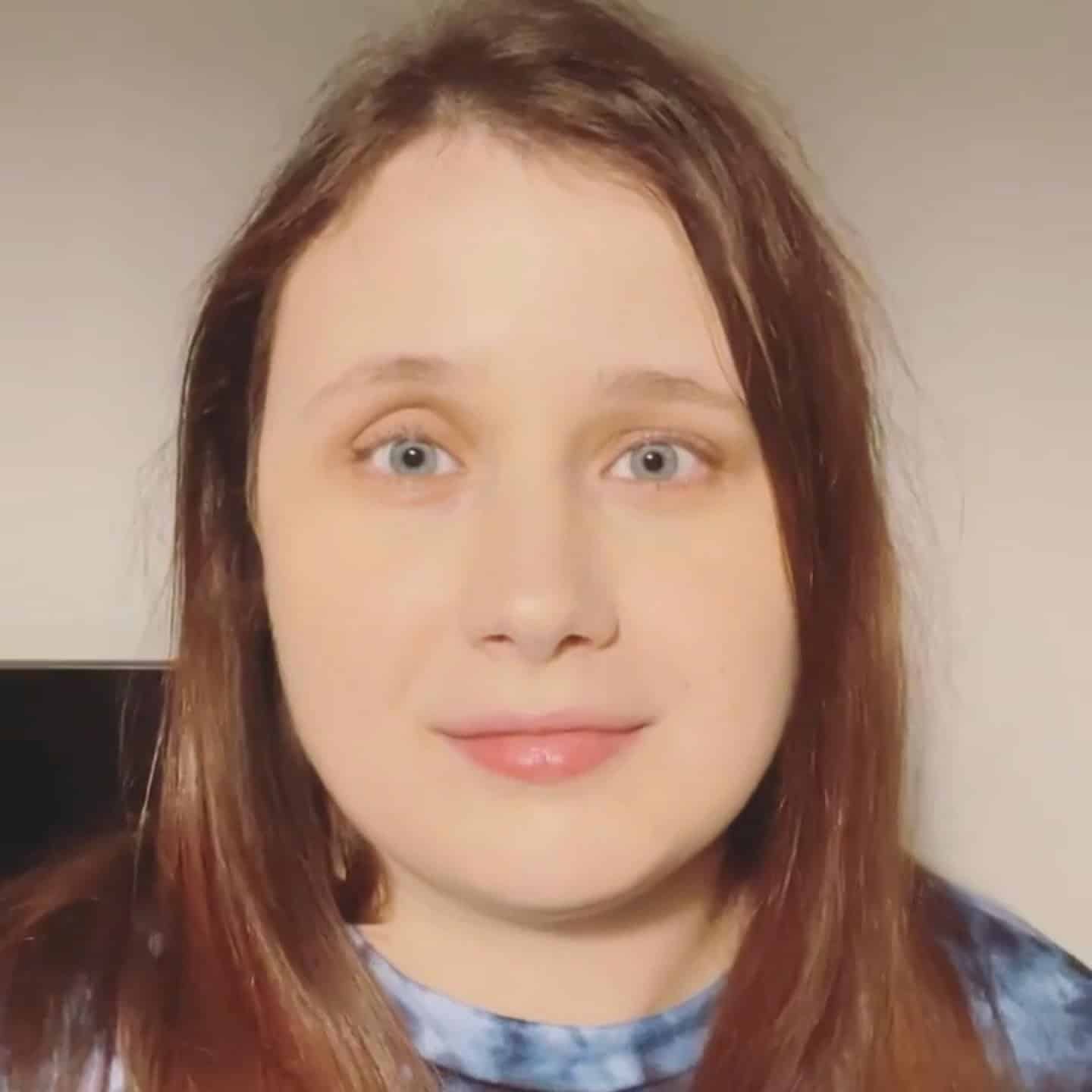
The feature film. Every filmmaker dreams of writing one. Every screenwriter envisions seeing their words visualized on the cinema screen. For many is the dream project, built to carry an audience through an entire narrative arc.
Feature films are the gold standard of storytelling in the film industry. From tight, 90-minute thrillers to epic three-hour dramas, the feature film remains the ultimate create test for any screenwriter. Which ones can hold an audience for the length of a movie and make them care? And which ones cannot?
Well, here at Celtx, we want you to be one of the former. But ask ten filmmakers what counts as a ‘feature’, and you’ll get ten slightly different answers. Is it about runtime? Structure? Distribution?
So, we’re here to offer a helping hand. In today’s blog, we’ll break everything down from official industry definitions to how to tackle writing a screenplay, and the business side of feature filmmaking. By the time we’re done, you’ll be a feature film expert and be able to approach writing one with confidence.
Let’s go!

Table of Contents
- The Industry Definition of Feature Film
- The Evolution of the Feature Film
- Feature Film vs. Short Film vs. Television
- The Writer’s Blueprint
- The Business of the Feature
- The Modern Feature: How Streaming Changed the Game
- Examples of Feature Films
- FAQs
- Conclusion
The Industry Definition of Feature Film
Okay, so what’s the official call? How long does a movie have to be to count as a ‘feature’? Well, the short answer is it depends on who you ask. Here’s how the major film organizations define it:
- Academy of Motion Picture Arts and Sciences (AMPAS): Anything over 40 minutes.
- British Film Institute (BFI): Anything over 40 minutes.
- Screen Actors Guild (SAG-AFTRA): Typically, over 80 minutes.
- Distributors and studios: Generally, 80–120 minutes.
Some of the larger festivals will set their own ranges, like Cannes who only accept feature films over 60 minutes.
Technically, if your film runs longer than 40 minutes, AMPAS will call it a feature. But practically the industry treats 80-120 minutes as the gold standard. That’s the range where most features, including small indie dramas and big-budget blockbusters, live. It hits the sweet spot for storytelling and scheduling.
Why? Well, theatrical exhibitors can show a 100-minute film multiple times a day. Streaming platforms know audiences are more likely to finish something that feels digestible in one sitting. From a creative perspective, 100 minutes is long enough to build depth, but short enough to maintain momentum.
In short, movie length is never random, but deliberate!Write your feature-length project with confidence.
Celtx automates the professional formatting industry readers expect.
Click here to get started!
The Evolution of the Feature Film
Before the feature became the industry norm, films were short… really short.
In the early 1900s, movies were often under 15 minutes long. The idea of sitting through a full hour of moving pictures seemed almost excessive. Then came The Story of the Kelly Gang (1906) which is widely regarded as the first feature film. It ran about 60 minutes and changed everything.
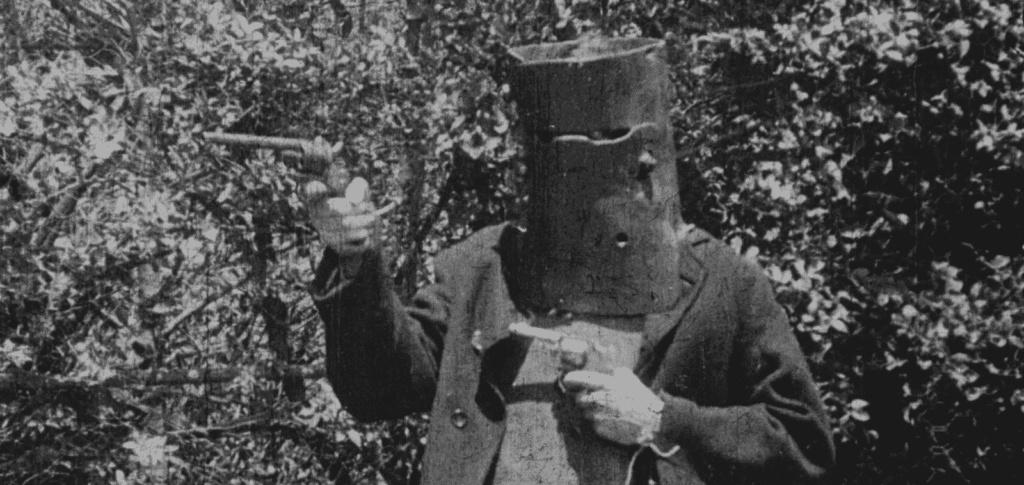
By the 1920s, feature-length storytelling had become the cinematic standard. Audiences wanted more than novelty; they wanted characters, drama, spectacle. Features gave filmmakers the time to deliver those layers.
The golden age of Hollywood (1930s–1950s) cemented the feature as the format. Studios built their business models around it. Writers learned to think in three-act structures. Theatrical scheduling, ticket pricing, and marketing all revolved around the concept of a 90–120-minute experience.
Analysis from The Dartmouth shows that among the top 25 films (by popularity), average runtimes have crept upward:
- ~102 minutes in 1940
- ~110 minutes in 1985
- ~123 minutes by 2013
What to Watch also backs this up. Their report in 2022 explained that the average runtime of top 10 films hit 141 minutes, a notable increase over recent years.
In the decades since, the feature film format has evolved but endured. From the lean 88-minute brilliance of Casablanca to the sprawling three-hour mastery of The Godfather Part II, the feature has proven endlessly adaptable.
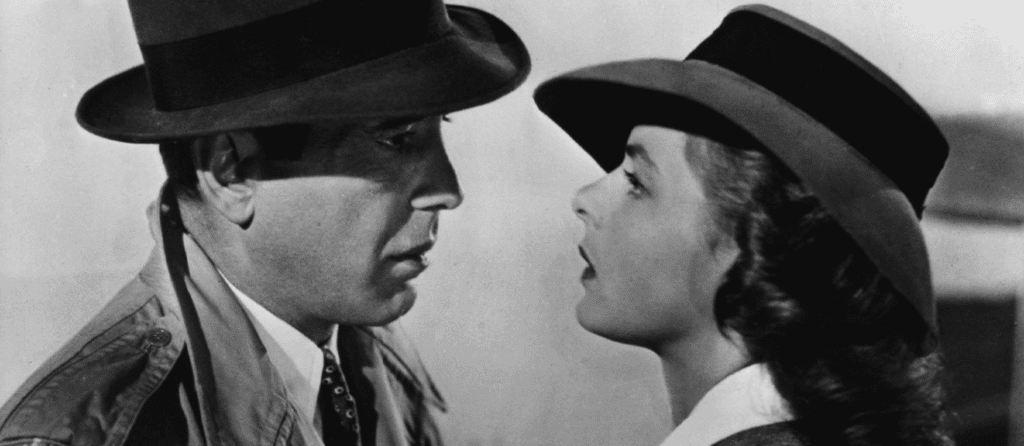
Feature Film vs. Short Film vs. Television
Now here is where many emerging writers trip up. A feature film isn’t just a ‘a longer short film’. It’s a different storytelling structure altogether.
Let’s take a look at them side by side:
| Format | Typical Runtime | Story Shape | Purpose |
| Short Film | 1-40 minutes | Focused on one idea or emotion | Proof of concept, calling card, or festival entry |
| Feature Film | 80-120 minutes | Full narrative arc with subplots and resolution | Complete cinematic experience |
| TV Pilot | 20-60 minutes | Designed to launch on ongoing series | Introduce characters and world; not resolve them |
The real difference between these three is intent. A short captures a single moment or theme. A pilot sets up future episodes, and a feature film finishes the story, giving an audience closure.
That’s why the feature remains the ultimate storytelling format; it’s a world contained in one experience.
Not sure which film length suits your story? Then check out our article Feature, Documentary, or Short: Which Script Type Fits Your Story? to decide.
The Writer’s Blueprint
Now we’ve got that out of the way, let’s talk craft.
The first thing every screenwriter learns about features is the 1 page = 1 minute rule. It’s not an exact science, but it is a reliable benchmark. One properly formatted page of screenplay equals roughly one minute of screen time.
So:
- A 90-page script ≈ a 90-minute movie
- A 120-page script ≈ a 120-minute movie
That means your average feature screenplay should land somewhere between 90 and 120 pages.

Yup, that page count can feel intimidating! 100 pages feels like Everest when you’re staring at a blank screen. But breaking it down into manageable steps makes it achievable.
And that’s where Celtx shines:
The Business of the Feature
Let’s step out of the writer’s room for a second and look at why runtime matters in the business of film.
The Theater Math
Theatrical distributors care about how many showtimes they can squeeze into a day. A 90-minute movie? Maybe five or six screenings daily. A 3-hour epic? More like three or four.
Fewer showings mean fewer tickets sold. That’s one reason why 90–110 minutes is such a comfortable zone; it keeps both storytellers and theater owners happy.
The Streaming Equation
Streaming platforms think in terms of engagement. A film that runs too long might lose viewers halfway through; one that runs too short may not feel “worth it.”
Data shows that most people finish a 90 to 110-minute movie in one sitting, which boosts completion rates, a key metric for streamers like Netflix and Prime Video.
So, yes, runtime affects everything from your script’s pacing to your film’s discoverability. But that doesn’t mean every movie should be 100 minutes long. Just that you should understand the logic behind the convention before you break it.

And of course, writers need to come into the equation when it comes to pay. The Writers Guild of America has a Schedule of Minimums that determine the pay rates for feature films.
The Modern Feature: How Streaming Changed the Game
The rise of streaming has totally reinvented the feature film. How? Well, today, features debut not only in theaters but on Netflix, Hulu, Disney+, and countless indie platforms. This shift has expanded the definition of a feature.
For example, a 78-minute psychological thriller can premiere on a streaming platform and reach millions. A 150-minute slow-burn drama can become a cult favorite without ever touching a multiplex.
The flexibility of streaming has given writers and directors more freedom to let the story dictate the runtime, not the other way around. It’s also created space for hybrid projects such serialized features, anthology films, and limited series that blur the traditional boundaries between TV and cinema.
But even in this new landscape, one thing hasn’t changed:
The feature film remains the benchmark. The calling card. The proof that you can sustain a story, emotionally and structurally, for the full cinematic experience.
Examples of Feature Films
Let’s look at how different runtimes shape storytelling tone and rhythm:
| Runtime Range | Example Films | What It Feels Like |
| 80-90 minutes | Zombieland, Lady Bird, The Lion King | Fast-paced, character-focused, economical. Great for comedies, thrillers, or indie dramas. |
| 90-110 minutes | Get Out, Knives Out, Juno | The modern standard. Balanced pacing, emotionally satisfying. |
| 110-130 minutes | Inception, The Dark Knight, The Departed | Complex plotting, multiple arcs, high stakes. |
| 130-180 minutes | Titanic, Oppenheimer, The Godfather II | Epic, immersive, world-building on a massive scale. |
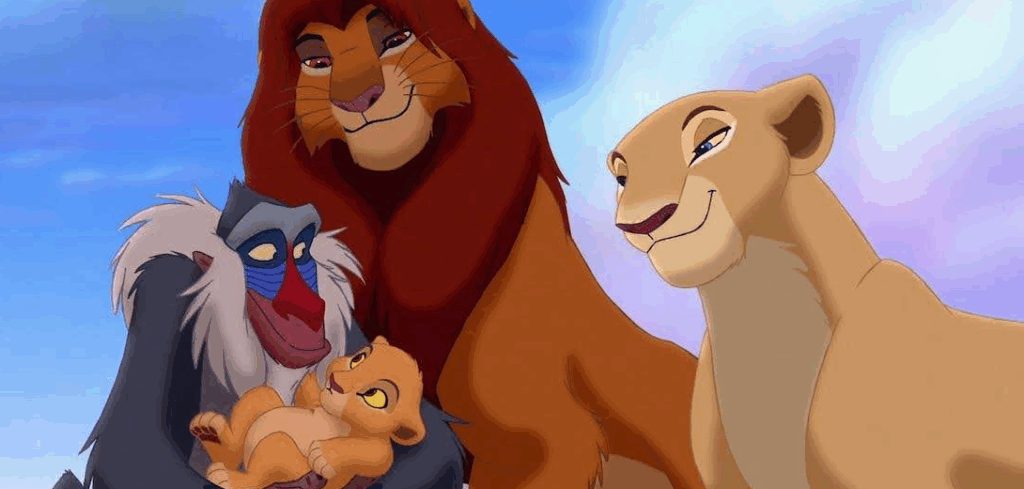
Notice how each run time aligns with each film’s scope. The longer the film, the more characters, subplots, and world-building it tends to include.
As a screenwriter, knowing your story’s natural length helps you make smarter creative decisions. You don’t want to stretch a small story to 150 minutes or rush an epic into 90.
Genre Matters
Yes, genre can also have an effect on a movie’s runtime. Different genres tend to gravitate towards different lengths based on their intended audience. Let’s take a closer look:
| Genre | Typical Runtime Range | Examples |
| Animated Family Film | 80-100 minutes | Toy Story (81 minutes), Frozen (102 minutes) |
| Comedy/Romance | 90-105 minutes | Crazy, Stupid, Love (118 minutes), The 40-Year-Old Virgin (116 minutes) |
| Horror/Thriller | 85-100 minutes | Get Out (104 minutes), A Quiet Place (90 minutes) |
| Drama | 110-130 minutes | Marriage Story (137 minutes), The Social Network (120 minutes) |
| Action/Superhero | 120-150 minutes | The Batman (176 minutes), Avengers: Endgame (181 minutes) |
| Epic/Historical | 150-210 minutes | Oppenheimer (180 minutes), Braveheart (178 minutes) |
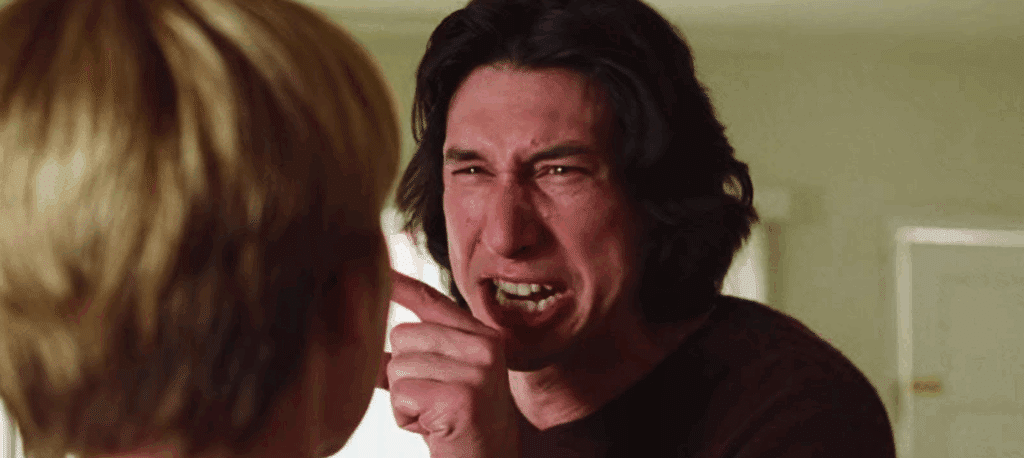
Notice how family films and thrillers stay on the shorter side; quick pacing keeps kids engaged and tension tight. While dramas, action and epics often stretch longer to explore psychological and historical depth.
FAQs
Usually 90–120 pages. That’s the professional range most producers, agents, and competitions expect. Anything shorter reads like a “mini-feature,” and anything over 130 pages can feel long, unless it’s brilliantly justified.
Technically? Over 40 minutes (according to AMPAS). But if you’re targeting festivals or distributors, aim for at least 75–80 minutes. That’s where most buyers and programmers draw the practical line.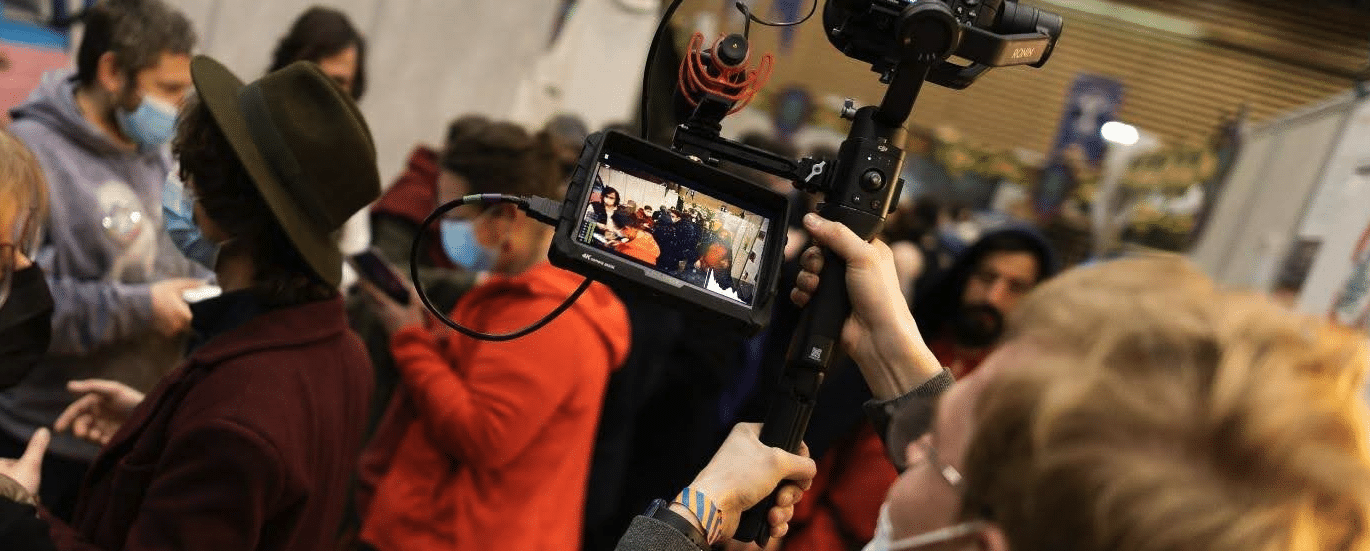
A feature has a self-contained story arc: setup, escalation, and resolution. A pilot is the start of a larger narrative designed to continue for multiple episodes.
Put another way: Feature = closure and pilot = invitation.
Anywhere from 40 to 200, depending on genre and style.
– A dialogue-heavy drama might unfold in 60 scenes.
– A fast-cut action film might blow past 150.
Celtx makes it easy to manage all of them, with color-coded scene organization and breakdown tools that update automatically as you edit.
Conclusion
Writing a feature film is one of the hardest (and most rewarding) creative challenges you’ll ever take on.
It’s not just about hitting a page count or a runtime. It’s about building a story that can hold someone’s attention for two hours: a story that feels like a movie. Now, that’s no small task. It takes planning, patience, and persistence. But it’s also one of the most fulfilling creative experiences in the world.
Every classic feature, from Casablanca and Jaws to Parasite and Moonlight, started as a single idea someone believed was worth exploring across 100 pages.
And now, you can do the same with the help of Celtx. We built our platform to help screenwriters like you tackle that journey from brainstorming your concept to formatting your finished script like a pro.
Ready to start the biggest writing challenge of your career? Start for free today.
Up Next:
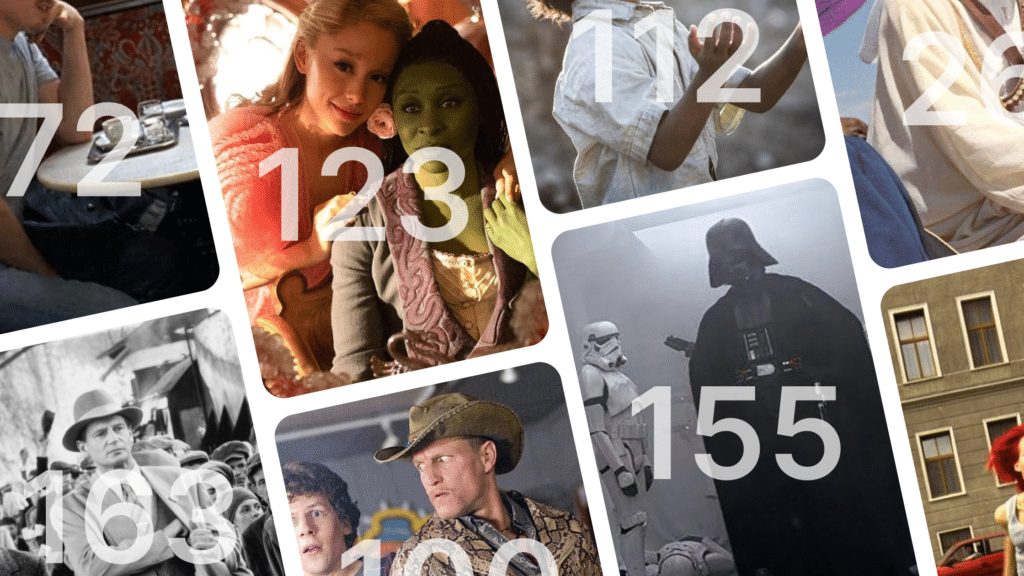
Script Length 101: How Many Pages Is the “Average” Movie Script?
Now that you know what makes a feature film, learn how to hit the right page count for your story—and how genre and pacing can shape your script’s length.
